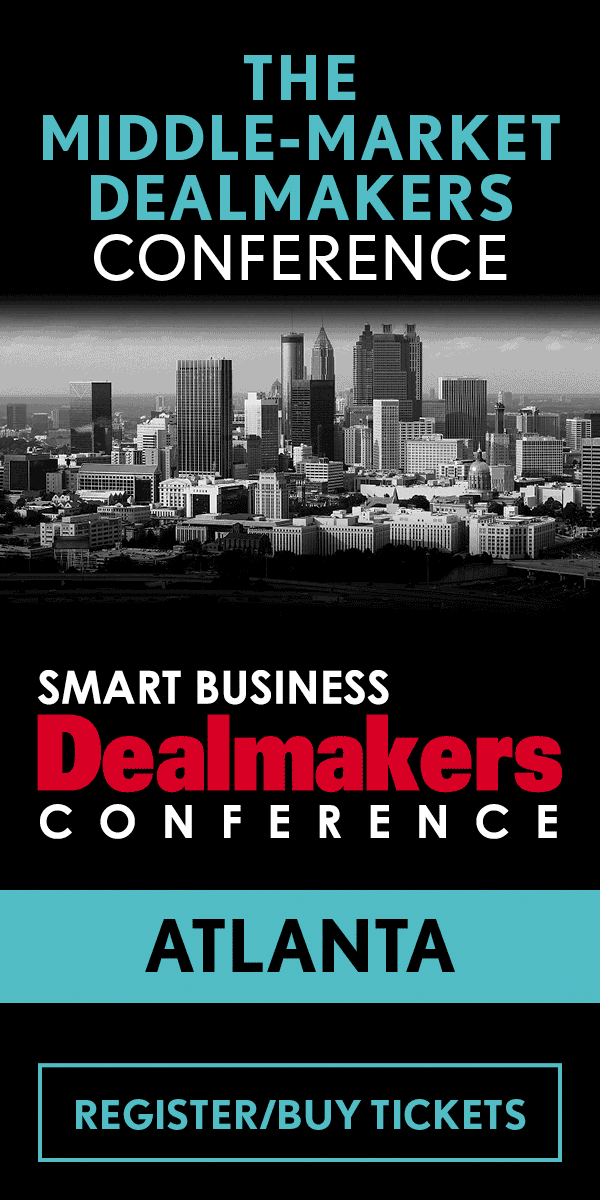Founders who play a highly visible role in their company’s operation can often achieve success simply through the power of their personality. However, this successful leadership approach can be a red flag for potential buyers or investors.
“This individual might also be the de facto head of sales and own the most important customer relationships in the company,” says Mark Mansour, senior managing partner at MCM Capital. “As a buyer looking at that, I’m going to be handing this individual substantial dollars. Is he or she going to be as hungry post-transaction as they were before? If the person gets ill or gets hit by a bus, what happens with those customer relationships? It adds risk.”
Mansour has been an active private investor at MCM Capital since 1992 and serves on numerous portfolio company boards, including Performance Plastics, RMB Products and Zinkan Enterprises.
In this Dealmaker Strategies feature, Mansour takes us inside his approach for evaluating investment opportunities.
Look for growth potential
Potential buyers and/or investors want to know what they’re getting into if they do a deal with a particular company.
“Does the financial profile suggest it is a well-managed business?” Mansour says. “Or does it point to areas that could use improvement? Is the company dependent on a couple key customers? They may have great technology. The end market may be growing and they may have a great management team. But if 60 percent of their overall revenue is tied up in a couple of larger customers, that can be a turnoff, particularly for private equity guys.”
The state of the market or industry in which that company does business is also a factor.
“What is the direction of the market?” Mansour says. “Is the market mature and contracting or is it immature and growing rapidly? We want to invest in a business where the marketplace overall will grow at least as fast as GDP, if not faster. As a biker, would you rather be riding uphill or downhill? I’d certainly rather be riding downhill. It allows the business room to grow.”
Assess the risk
Risk assessment is another important piece in the evaluation process.
“As buyers, we really don’t want to inherit any risk that may have been incurred during the selling party’s tenure,” Mansour says. “Whether it’s warranty related, environmental risk, it could be any number of non-purchase price kinds of things. But sellers usually don’t like to indemnify buyers ad nauseam for all the risk. It’s finding that balance of being an appropriate fiduciary for our shareholders while not cratering the deal over something that is perhaps a risk, but not a material risk.”
Mansour has encountered sellers who are “so confident in the reps and warranties and the way they’ve conducted business that they don’t have any problems with meeting our indemnification or reps and warranties requirements.”
“I’ve met others that are like, ‘No. It may have happened on my watch, but it’s your problem if you buy it,’” Mansour says. “Sometimes you have to find creative solutions to meet halfway or sometimes, two thirds of the way.”
Bridge the gaps
Often, if a business fits in some key areas, but still has a few gaps in terms of market knowledge, “we’ll go out and try to acquire the market knowledge with somebody we trust,” Mansour says.
“We start working our network,” Mansour says. “In a more general sense, our target market is rather voluminous. One area that we have invested in in the past and have two current investments is manufacturers of thermoplastic components. These are highly engineered resins, not something you would find in a toy store. These would be on more mission-critical applications.”
The firm will look at 20 to 30 transactions a year just within this segment, Mansour says.
“When you really think about how we define our target market — manufacturers of engineered components that they sell or get incorporated into somebody else’s product — it’s actually a pretty broad definition,” he says. “We’re not saying we’re only going to do aerospace or we’re only going to do medical. We’re looking more for the characteristic of a business and whether those characteristics fit within our comfort zone. So we don’t look at everything. But it’s still a pretty broad universe of opportunities.”
Step outside your business
Business owners that want to capture the attention of investors and lay the groundwork for a deal need to first step outside their business and identify things that might scare away potential suitors.
“The easiest thing to do is hire somebody knowledgeable and have them evaluate your business the way a private equity guy would,” Mansour says. “Invariably what we see as a challenge — and it impacts dollars for sure — can be a lack of bench strength. While it may require investment upfront, you’re going to end up with a more saleable asset when you go to exit.
“Bench strength and breadth of talent is highly critical. It could be something like you can respond to your customer base a week faster than anybody else in the marketplace and buyers value that. The quality of the management team and the distinctiveness and defensibility of the product or service offering are all critical.”
Related story: Mark Mansour: Stick to what you know to come out ahead




